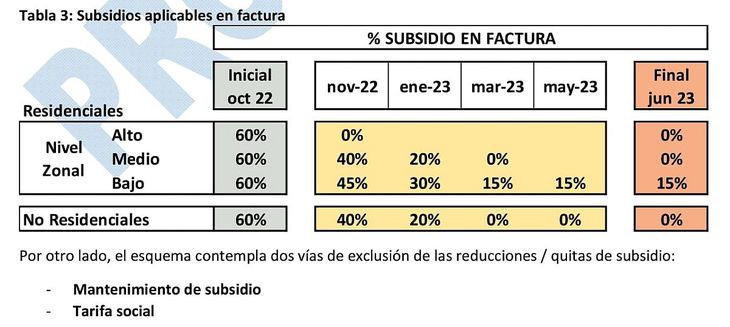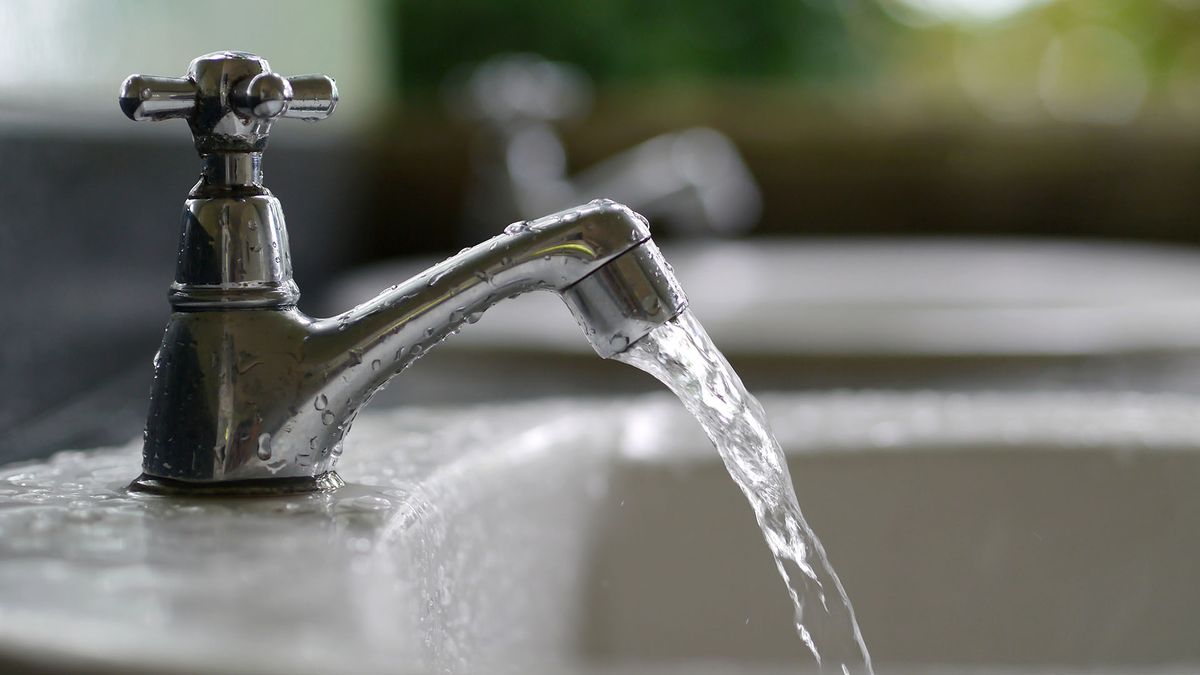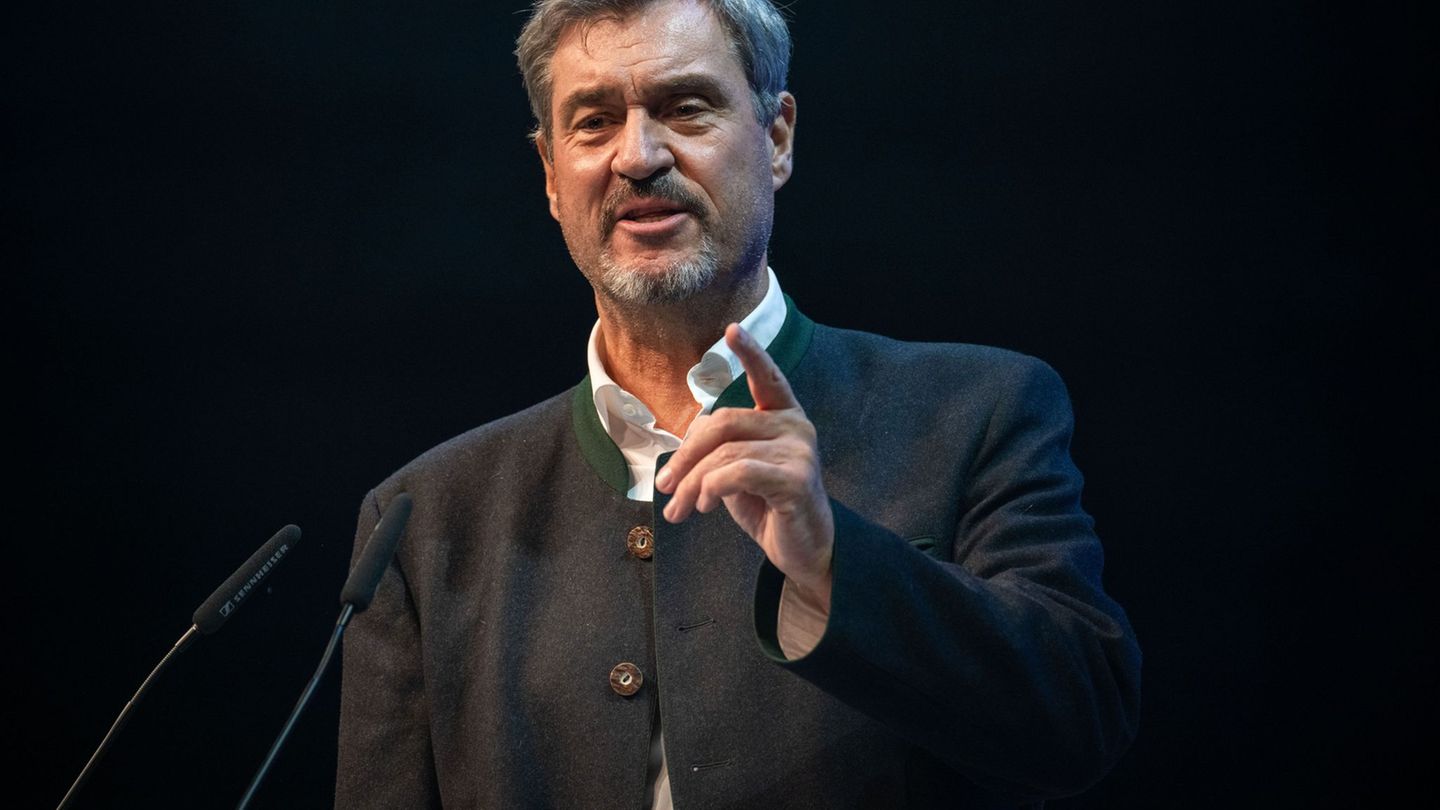Given that the expenses that cannot be carried out represent 85% of the budget, the majority of the adjustment will go through economic subsidies. For this reason, the updating of electricity, gas and water rates is a relevant issue for public accounts.
This Tuesday, it’s finally the percentage increase in electricity and gas rates will be known. The economic team has already defined that up to 400 kW the subsidized rate will be paid, but once this consumption is exceeded, the surplus will be paid with the full rate (ie without subsidy). At the official level they argue that the vast majority consume below 400kw; however, specialists on the subject maintain that the increase for the payment of the surplus will affect many users. Regarding the increase in gas, not too many definitions have emerged.
In the case of water bills, Ámbito was able to access the new tariff scheme.
The latest revision (Resolution 912022) established a 20% rate increase from July 1 and 10% from October 1, representing a total increase of 32%.
The new tariff segmentation proposal establishes than 15% of high-income users As of November 1, they will pay a rate without subsidy.
While, 27% of middle income users they will start paying the full rate only in March 2023.
For its part, 49% of low-income users They will have the 15% subsidy until March 2023.
As an example, If a Medium-Low user paid $500 for water, from November to December, in January and February 2023 they will pay $1,000. It should be noted that, according to Aysa, the average rate is around $400 per month.
Rates table 1.jpg
The scheme will be determined as follows:
1. RESIDENTIAL USERS AND BALDÍOS LOCATED IN AREAS CLASSIFIED AS HIGH (includes gated communities): 15% users
The subsidy will be eliminated from November 1, 2022
2. RESIDENTIAL USERS AND BARRELS LOCATED IN AREAS CLASSIFIED AS AVERAGE:
First stage: Subsidy of 40% from November 1, 2022 and until December 31, 2022.
Second stage: Subsidy of 20% from January 1, 2023 and until February 28, 2023.
third stage: Elimination of the subsidy from March 1, 2023.
3. RESIDENTIAL USERS AND BALDIOS LOCATED IN AREAS CLASSIFIED AS LOW: 49% users
First stage: Subsidy of 45% from November 1, 2022 and until December 31, 2022.
Second stage: Subsidy of 30% from January 1, 2023 and until February 28, 2023.
Third stage: Subsidy of 15% from March 1, 2023
4. NON-RESIDENTIAL USERS: 9% users
First stage: Subsidy of 40% from November 1, 2022 and until December 31, 2022
Second stage: Subsidy of 20% from January 1, 2023 and until February 28, 2023
Third stage: Elimination of the subsidy from March 1, 2023
Rates table 2.jpg

social rate
They currently count with social rate 250,000 households.
The requirements for access to the social rate are:
Single-person households with a net income (income minus health and housing expenses) of less than 2 minimum pensions ($86,630 as of September 2022)
· The maximum amount of net income for access to the program will be $216,575 in September 2022.
Subsidy Maintenance Request
Users located in “high” or “medium” areas who, without meeting the requirements for access to the social rate program, request to keep a part of their bill for subsidized water and/or sanitation services, may do so via a registry.
The conditions for access will be:
a) Net income less than a value equivalent to two Total Basic Baskets (CBT) for a household according to INDEC
b) Household member with Housing Certificate (ReNaBaP)
c) Address where a community canteen or picnic area registered with RENACOM operates;
d) At least one member of the household has a Lifetime Pension for War Veterans of the South Atlantic;
e) At least one or one member has a certificate of disability issued by a competent authority and, considering the members of the household as a whole, have a net income of less than a value equivalent to three Total Basic Baskets (CBT) for a Type 2 according to INDEC.
However, households that:
a) Are owners of 2 or more properties, considering the members of the household as a whole, or b) are owners of a vehicle up to 3 years old.
The benefit may be requested at any time and will be valid for one year.
Cost
In the recitals of the rate review, Aysa states that “inflation has undergone a strong acceleration, further aggravating the situation, requiring greater contributions from the National Treasury for the continuity of services.”
Currently, “users contribute 30% of the cost of the service, while the remaining 70% is covered by the National State”.
Likewise, due to the characteristics of the subsidies in AySA, they are received in a generalized and homogeneous manner by all users of the service, it is “Pro-Rico” since users with the highest taxpaying capacity receive most of the subsidy, company sources say.
In addition, the situation “worse if we consider that the poorest sectors mostly receive only one service instead of two.”
Another of the objectives pursued by the authorities of the Aysa company is to raise awareness about the use of water.
In Argentina, the average consumption at the national level is around 180 liters per inhabitant per day, almost doubling the average recommended by the WHO.
In the AySA area, the average consumption is 325 liters per inhabitant per day. In other words, the average water consumption of a house in the AySA area is one of the highest in Latin American countries, only surpassed by Venezuela with 1,430 liters per day.
Source: Ambito
David William is a talented author who has made a name for himself in the world of writing. He is a professional author who writes on a wide range of topics, from general interest to opinion news. David is currently working as a writer at 24 hours worlds where he brings his unique perspective and in-depth research to his articles, making them both informative and engaging.




